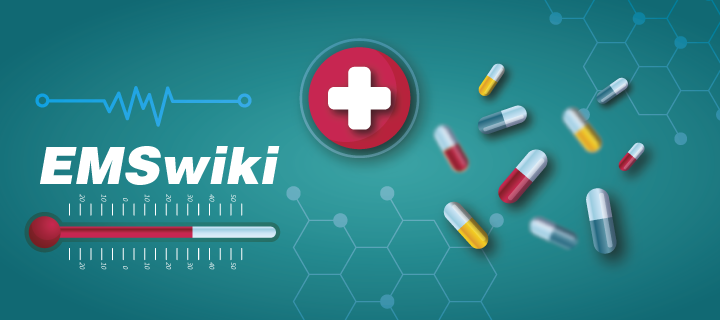
The stethoscope: an indispensable tool in medicine
From Listening to Heartbeats to Early Diagnosis: The Role of the Stethoscope in Clinical Practice
History and Evolution of the Stethoscope
Invented in 1816 by the French physician René Laënnec, the stethoscope is a medical instrument used to listen to sounds produced inside the body, primarily in the heart or lungs. Originally composed of a monaural wooden tube, the stethoscope has undergone significant evolutions, becoming the binaural instrument with flexible rubber tubes and a chest piece that we know today. Its invention marked a significant milestone in medicine, allowing doctors to listen to internal body sounds without direct physical contact, improving hygiene, and providing more accurate diagnosis.
Functioning and Types of Stethoscopes
The stethoscope operates on the transmission of sound from the chest piece, through hollow air-filled tubes, to the ears of the listener. The chest piece usually has two sides that can be placed on the patient to detect sounds: a diaphragm (plastic disc) or a bell (hollow cup). The diaphragm is suitable for capturing high-frequency sounds like normal breath sounds, while the bell is more effective for low-frequency sounds like heart murmurs. There are also electronic acoustic stethoscopes that can record and transmit sounds as digital files.
Clinical Use of the Stethoscope
The stethoscope is a fundamental diagnostic tool in clinical practice, used to detect abnormalities in the respiratory and cardiac systems, as well as in the digestive and venous systems. Additionally, it is essential in clinical blood pressure measurement, in combination with a blood pressure cuff. Its simplicity and precision make it an irreplaceable instrument in the medical field.
Importance and Impact on Medicine
The stethoscope is more than just a medical tool; it is a symbol of the healthcare profession. Its ability to provide valuable information to healthcare professionals, improving patient outcomes and the quality of diagnoses, makes it an essential element in modern medicine. Its ongoing evolution and adaptation to current clinical needs attest to its enduring importance.
Sources


